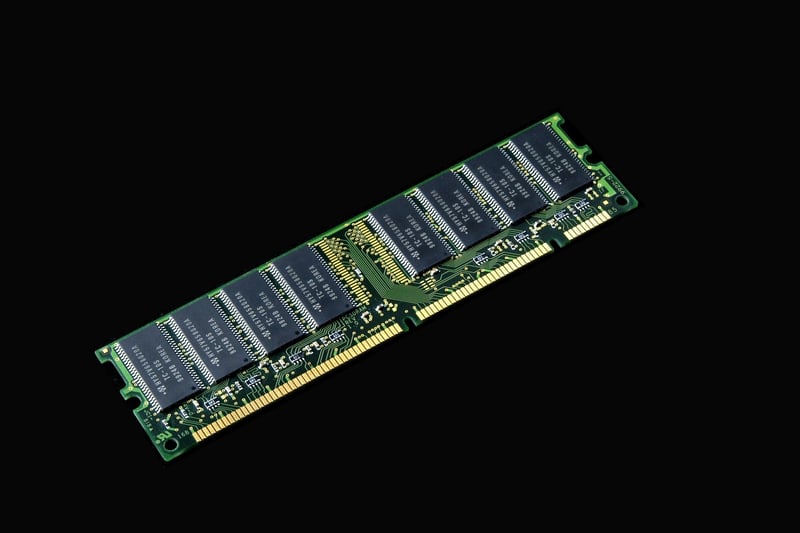Habitat Modules
Innovations for Exploration and Habitat Modules
Exploration beyond Earth is an exciting frontier that continues to capture the imagination of scientists, engineers, and space enthusiasts. To facilitate prolonged space missions and enable human habitation in space, innovative technologies and habitat modules have been developed. Let's delve into some of the groundbreaking innovations that are shaping the future of space exploration.
1. Advanced Life Support Systems
Life support systems are crucial for sustaining human life in space. Advanced systems capable of efficiently recycling air, water, and waste play a vital role in enabling long-duration missions. These systems help reduce reliance on Earth for essential resources, making exploration missions more sustainable.
2. Inflatable Habitats
Inflatable habitats offer a lightweight and compact solution for space habitats. These structures can be easily transported and expanded once in space, providing astronauts with more living and working space. Companies like Bigelow Aerospace have been at the forefront of developing inflatable habitats for future space missions.
3. 3D Printing Technology
3D printing technology has revolutionized space exploration by enabling astronauts to manufacture tools, spare parts, and even habitat components in space. This technology reduces the need to launch pre-fabricated items from Earth, making missions more self-sustainable and cost-effective.
4. Vertical Farming Systems
Vertical farming systems are being explored for space habitats to produce fresh food for astronauts. By efficiently utilizing space and resources, these systems can provide a sustainable source of nutrition during extended space missions. Cultivating food in space reduces reliance on resupply missions from Earth.
5. Virtual Reality for Psychological Well-being
Space exploration can be mentally challenging for astronauts due to isolation and confinement. Virtual reality technology is being used to provide astronauts with immersive experiences, helping alleviate stress and improve their psychological well-being during long-duration missions.
6. Autonomous Robotics for Maintenance
Autonomous robots play a crucial role in maintaining habitat modules and conducting repairs in space. These robots can navigate complex environments, perform tasks outside the habitat, and assist astronauts in various maintenance activities, enhancing efficiency and safety during missions.
Conclusion
The development of innovative technologies and habitat modules is paving the way for sustainable and long-term human presence in space. By leveraging these advancements, space agencies and private companies are working towards achieving ambitious exploration goals and establishing a foothold beyond Earth.
Exciting times lie ahead as we continue to push the boundaries of human exploration and unlock the mysteries of the universe.

For more information on space exploration and habitat modules, visit NASA's official website.
